
Tihar Festival in Nepal: The festival of lights

Table of Contents
Tihar Festival Nepal, held in Nepal, is recognized worldwide as the Festival of Light, popularly called Deepawali. Few occasions have been cherished, such as this holy event in Nepal. According to the Hindu calendar, it usually occurs in October–November. For a full five days, each day of the festival is devoted to certain rituals and prayers.
During the Tihar festival, people of Nepal will put on lights and lamps of different colours and decorate their homes and streets with rangolis. Therefore, Tihar in Nepal will be beautiful. People clean up and beautify their houses to welcome God Laxmi, who they believe will be visiting them during the celebration of this auspicious occasion. However, the Tihar festival Nepal is a symbol in which light conquers darkness and good defeats evil; it is the festivity of people’s happiness.
Why is Tihar celebrated in Nepal?
The Tihar festival of Nepal is celebrated for several reasons, and its origin is found in the identity of folk tradition and mythology in Nepal. Much attention is paid here to the role of the cow in the Hindu faith, for the spiritual purpose of every festival is to pay homage to the different creatures and gods and those of the earth. It is celebrated for five days and is known as a festival.
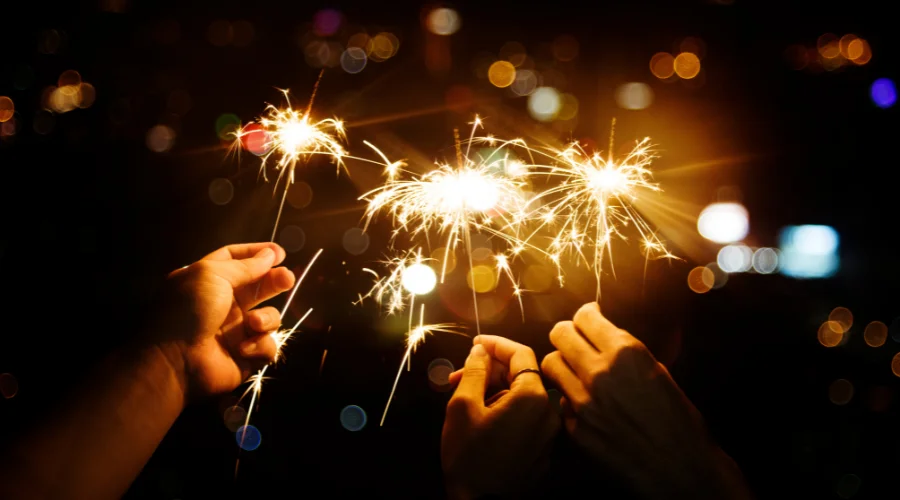
Each day
Also, with crow being the messengers of Yama, the deity of death, Yamapanchaka sets aside day one and day two is for the dogs as the loyal and protective her friends. The bowing down of cows on the third day is what confers sacredness to cows, and similarly, Laxmi Puja, on the same day, idolizes Laxmi, the goddess of wealth.
The major festival, 5th Day Bhai Tika, centers on attachment between siblings and reminds that the main thing is family unity. Also Tihar is known for being agricultural ritual in custom, which signifies the end of harvest period and expresses gratitude for nature’s abundance. The light, lamps and decorations used in celebrating the Tihar festival in Nepal symbolize the defeat of darkness and lightness and mark a time of spiritual renewals and celebration.
The Tihar Festival in Nepalese community is socially relevant as it helps creates social harmony within the people living in the community and also makes their relationships improve. It could be the moment to meet families, eat, exchange presents and get together for the purpose of some traditional practices. Not the least of the merits of the bright lights, intricate designs, and devotional prayers is that being a sensitive process, everybody feels that they bind the neighbours and the community together.
Celebrating the Tihar festival means we are not only conserving the old traditional songs, dances, and culture but also exhibiting the beauty of our children’s characters. Tihar in Nepal highlights the importance of compassion and lovingness towards all animals, which are seen in a special way in the matter of giving treatment to the crows, bulls and dogs. Along with an annual worshiping of gods and giving thanks to them, it further makes and strengthens relationships, upholds cultural essence and keeps the Nepali heritage.
Significant days of Tihar in Nepal
Tihar in Nepal, or also the festival of lights in Nepal, is a five-day-long carnival. Each day being special in its own way for some unique rituals and cultural rites.
The first day, called Kag Tihar, is for praying crows. It symbolizes death as one of the many major messengers of crows. Crows are the centre of their worship in the morning. People donate food to the crows, thinking this could bring prosperity and good luck to their families.
The other day, Kukur Tihar, is the day for dogs. They are faithful caretakers and shielders of the houses in the community. Dogs are brought for the ceremony and made to wear flower garlands on their heads. They are offered tika (a mark on the forehead) and sweets. It is a sign they are revered for their loyalty and companionship.
The third day, Laxmi Puja and Gai Tihar. It is a day to worship cows and Laxmi as the goddess of wealth. Cows are offered jasmine garlands and treated with great respect. They are considered more than just a staple food item in a Hindu family. They are an ancestral part of the family, standing for luck and prosperity. In the evening, every home and shop in the community is adorned with bright lights. Also decorated with colourful rangoli patterns. It symbolizes the arrival of goddess Lakshmi, the patroness of wealth.
Bhai Tika the most important day
Tihar festival Nepal is celebrated every year on the fifth day, known as Bhai Tika. It is the unique relation of siblings is triumphant. Sisters symbolize their respect and modesty for their brothers through the use of typical and well-known rituals. After the rituals, they wish their brothers to enjoy life, be rich, and live long. The whole event starts with sisters directly applying tika, a particular inked mark on the foreheads of their brothers. It indicates preservation and the achievement of potential prosperity. They apply the seven auspicious colours to each other’s foreheads together in spirit.
Along with following the standard practices, sisters also prepare banquets with food that they have baked themselves. They make the feast more festive by bringing various tasty delicacies and sweets. Men also give sisters tokens of love as they show appreciation for their sisters through those love and feelings.
Bhai Tika is not only a time for celebration but also a moment for reflection. The importance of familial relationships and the support system they provide. Through the rituals and traditions of Bhai Tika, Nepalese families come together. They celebrate the enduring bonds of love and companionship that enrich their lives.
Who celebrates the Tihar in Nepal and where?
Tihar festival of Nepal is a Hindu festival celebrated under the name Deepawali. It is a popular festival in Nepal. The majority of Hindus are in India, while some Hindus are in other countries. In Nepal, Tihar festival Nepal is the biggest celebrated festival. People from every strata of life and those from different ethnic backgrounds join in the festivities. It is commonly believed that the festival originates from Hindu mythology and tradition. Still, many other groups also celebrate it in the country, thus underscoring its cultural diversity with the spirit of inclusivity.
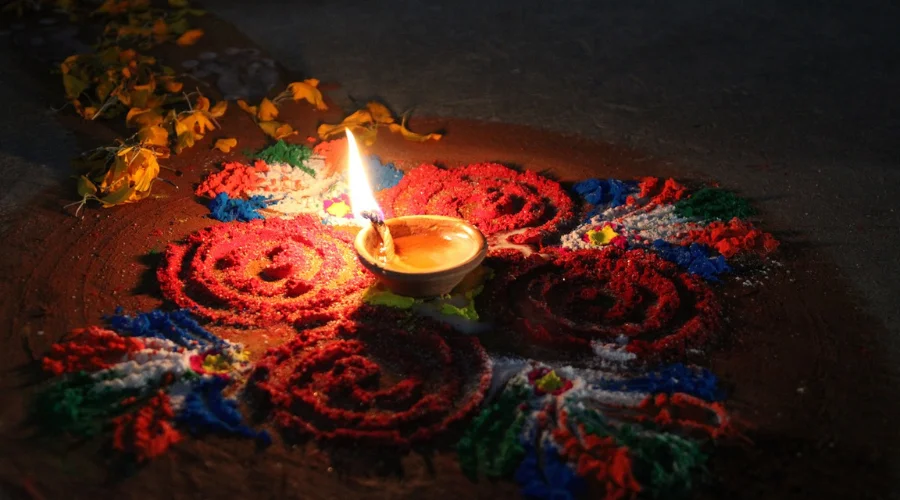
Nepal sees street decoration, illumination, and rangoli drawings with bright colours during Tihar. This shapes a lively and adorable aroma along the street. Accomplishments associated with the details of everyday life. Such as making a home clean and decorated for the festival, and families. They get busy with the fulfillment of traditions and ceremonies.
Although the entire country celebrates the Tihar festival of Nepal. It is evident that some groups and regions around the country. They showcase their distinct customs and ways of celebrating this colourful event. The community of the Newars in Tihar festival in Kathmandu Valley celebrates the festival in a very different way with rituals and ceremonies. They are specific to their culture and are not familiar to other communities.
What foods are made during the Tihar festival of Nepal?
To celebrate the occasion, traditional and delicious foods are cooked during the Tihar festival. The most loved dish is Sel Roti. A sweet, round rice bread fried until golden crisp on the outside and soft on the inside. Another preferred sweet is the Kaju Barfi, a rich and creamy cashew nut fudge. Usually prepared as a special treat during the festive season.
Nepali families have prepared various savoury foods, ranging from Samay Baji to a traditional platter of Newari that includes beaten rice, buffalo meat, boiled eggs, and other condiments. One significant is Masu, meat of chicken, buffalo, or goat meat.
During the Tihar festival in Nepal, desserts are a significant part of the celebrations. Dishes such as Anarsa (a deep-fried rice cake made from rice flour and sesame seeds). Malpuwa (a sweet pancake) are prepared and shared with family and friends. Generally, Tihar is a period of tasting tasty food and exploring Nepal’s culinary variety.
Where and how can tourist celebrate Tihar?
Tourists who will be visiting Nepal during the Tihar festival will live this festive period in a way that they have never experienced before. A lot of hotels, resorts, and travel operators have special Tihar Tour packages which allow tourists to join the local people to the ancient rituals and celebrations. One of the amazing ways you can experience Tihar is by staying with a Nepali family who will welcome you as their guest and you would be in a position to observe the customs and traditions directly. While in Nepal, visitors can visit the many temples and monasteries around, during which they can actually observe as well as be part of the prayers and rituals that happen during Tihar.
One of the Tihar attractions for tourists is partaking in folk dancing and singing popularly known as Deusi and Bhailo. Tourists can go along with groups as they go from one house to the next, and give their blessings and small presents in return. The major tourist areas like Kathmandu, Pokhara, Chitwan and Bhaktapur are visibly very lively during Tihar festival as they are beautified with flowers and lights. For this reason, tourists feel welcome and the atmosphere is festive. Every streets and temples are decorated with bright lights and Rangoli.
Want to know more?
Speak to an Expert





Sandip Dhungana
Nepal 🇳🇵
Whatsapp: +977-9823636377



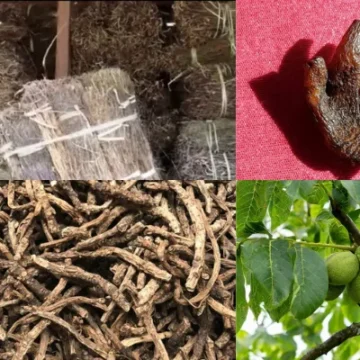

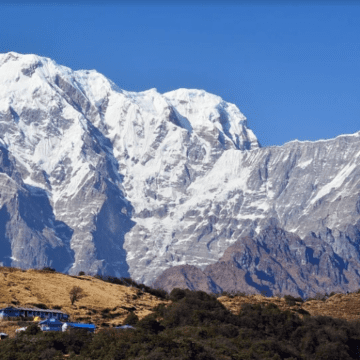


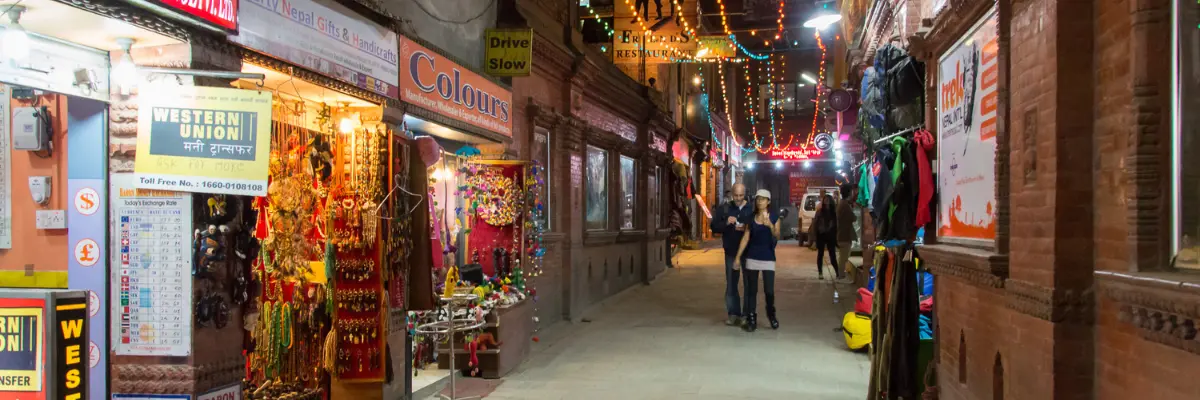

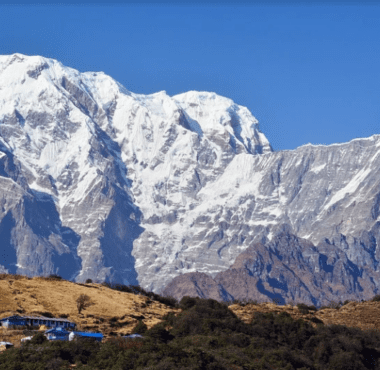











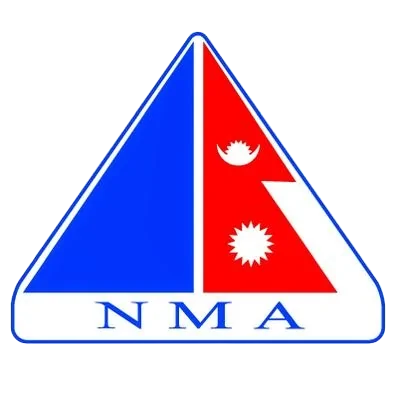

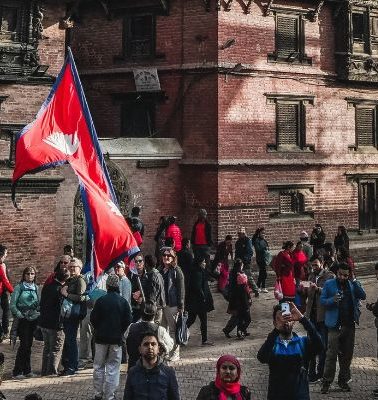
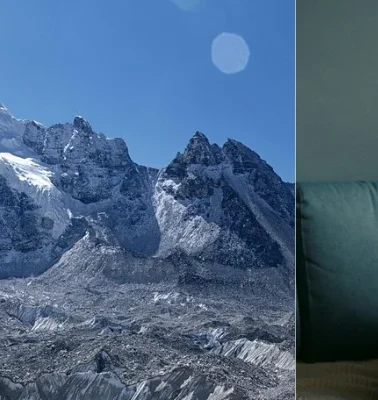

Leave Your Comment